As a kid, I remember running out to the garden with a pair of scissors whenever my mom needed fresh chives for her potato salad. The chive plant not only flourished but also showed off its beautiful edible purple flowers. My dad had an amazing green thumb, and while he tended to the tomatoes and other plants in the garden, he barely lifted a finger for the chive plant. It grew season after season, providing a never-ending supply of that fresh, oniony flavor we loved so much. Growing herbs at home is simple, as they flourish virtually anywhere, even on a windowsill. They adapt well to various climates and soil types and come back year after year. With that being said, our list is made up of some of the easiest herbs to grow at home, regardless of your gardening skills.
According to a study, eating just a teaspoon and a half of herbs daily can lower blood pressure. Not only do herbs pack a punch with antibacterial, anti-inflammatory, and antioxidant powers, but scientists now believe herbs such as thyme and oregano may help fight cancer. But certain herbs are more straightforward than others to cultivate at home. Ready to get started? Here at StudyFinds, we’ve gathered insights from gardening gurus across ten websites to bring you the seven easiest herbs to grow, whether on your windowsill, porch, or garden. Which herb is your favorite? Let us know in the comments below.
➡️ How Our “Best Of The Best” Lists Are Created
StudyFinds’ “Best of the Best” articles are put together with the idea of taking the work out of common consumer research. Ever find yourself searching for a product or service on Google and reading multiple reviews to find items listed across many of them? Our Best of the Best lists are created with that process in mind, with each item ranked by how frequently it appears on expert reviews or lists. With Best of the Best, you are getting consensus picks — making them truly the best of the best!
The List: The Easiest Herbs to Grow at Home, Per Gardeners
1. Basil
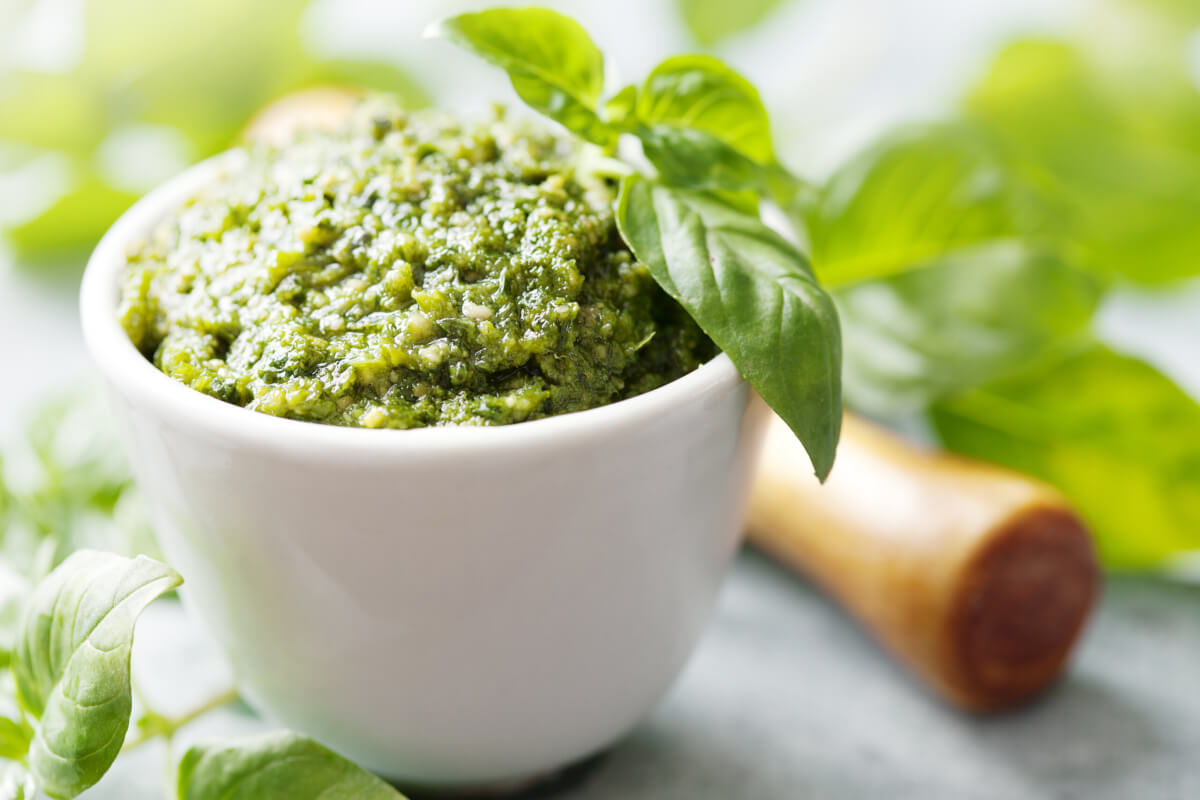
If you’re a fan of whipping up homemade pesto sauce, keeping a basil plant around can be a game-changer, ensuring your pesto tastes fresh and flavorful. Basil is easy to care for, which is why it tops our list. According to Better Homes & Gardens, “Basil cuttings are easy to root in water to start new plants.” They like full sun and soil that is moist and drains well.
If you’d rather use seeds to start your plants, you’ll have a huge garden of basil in no time, just make sure you spread the seeds out. They need a minimum of four inches to grow properly. The sky’s the limit when it comes to basil varieties: Gardenary loves sweet basil, Thai basil, and purple basil.
Basil grows best in raised beds or containers for better drainage. But you should only water the plants when the soil is dry to the touch, writes Fork Over Knives. If you see yellow leaves, you are watering too much. Want to create new growth? Simply pinch off a third of the leaves at the stem and the plant will create new branches!
2. Chives

The good thing about chives? They will grow almost anywhere. This plant, closely related to the onion family, needs full or partial sun and will survive even the coldest winters without any protection, says The Spruce. When you harvest your chives, cut them from the base and they will keep growing for years.
The pinkish-purple flowers that bloom on the chive plant are edible and add amazing flavor to your dishes. It’s best to remove any faded flowers so the plant doesn’t self-seed, notes Better Homes & Gardens. The herb will grow quickly from either seeds or small bulbs.
A chive plant on the windowsill will give you endless opportunities to elevate your dishes. They are ideal for small apartments or limited areas, writes Herbs at Home. Chive plants are also the perfect choice if you’re just starting to build an indoor herb garden.
3. Parsley
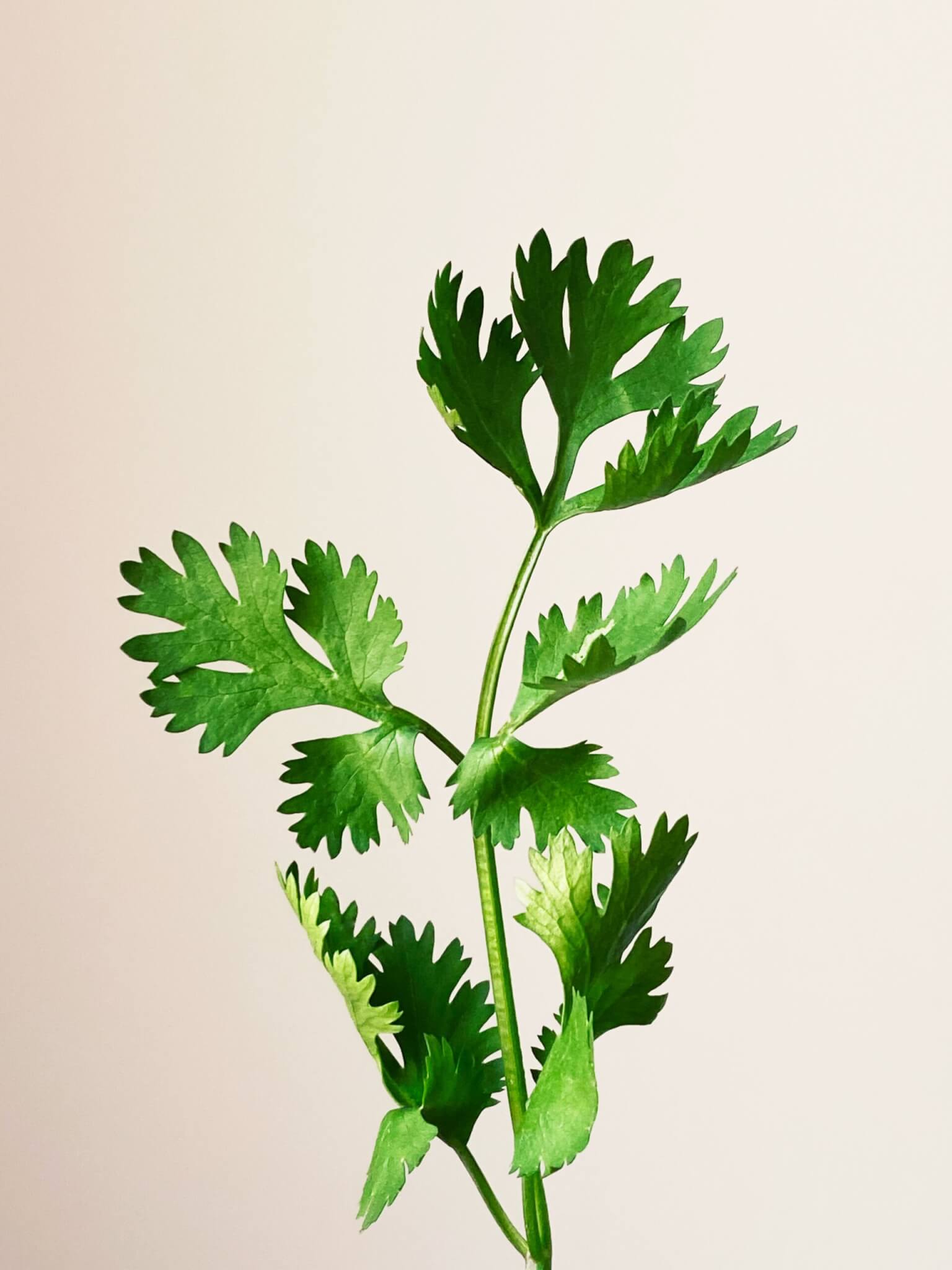
A parsley plant is a biennial, meaning it will last two years before you need another one. According to Windows World, these plants thrive in partial shade and full sun and love moist, rich soil. Don’t overcrowd your parsley. The plants need space to grow.
According to Real Simple, parsley grows well next to thyme, which comes in fourth place on our list. The two love the sun and follow the same watering guidelines. Harvesting parsley is as simple as pinching off some leaves and adding them to your favorite dishes.
While parsley is easy to grow, it can be slow to germinate. You can speed things up by soaking the seeds in water overnight before planting, recommends David Domoney.
4. Thyme
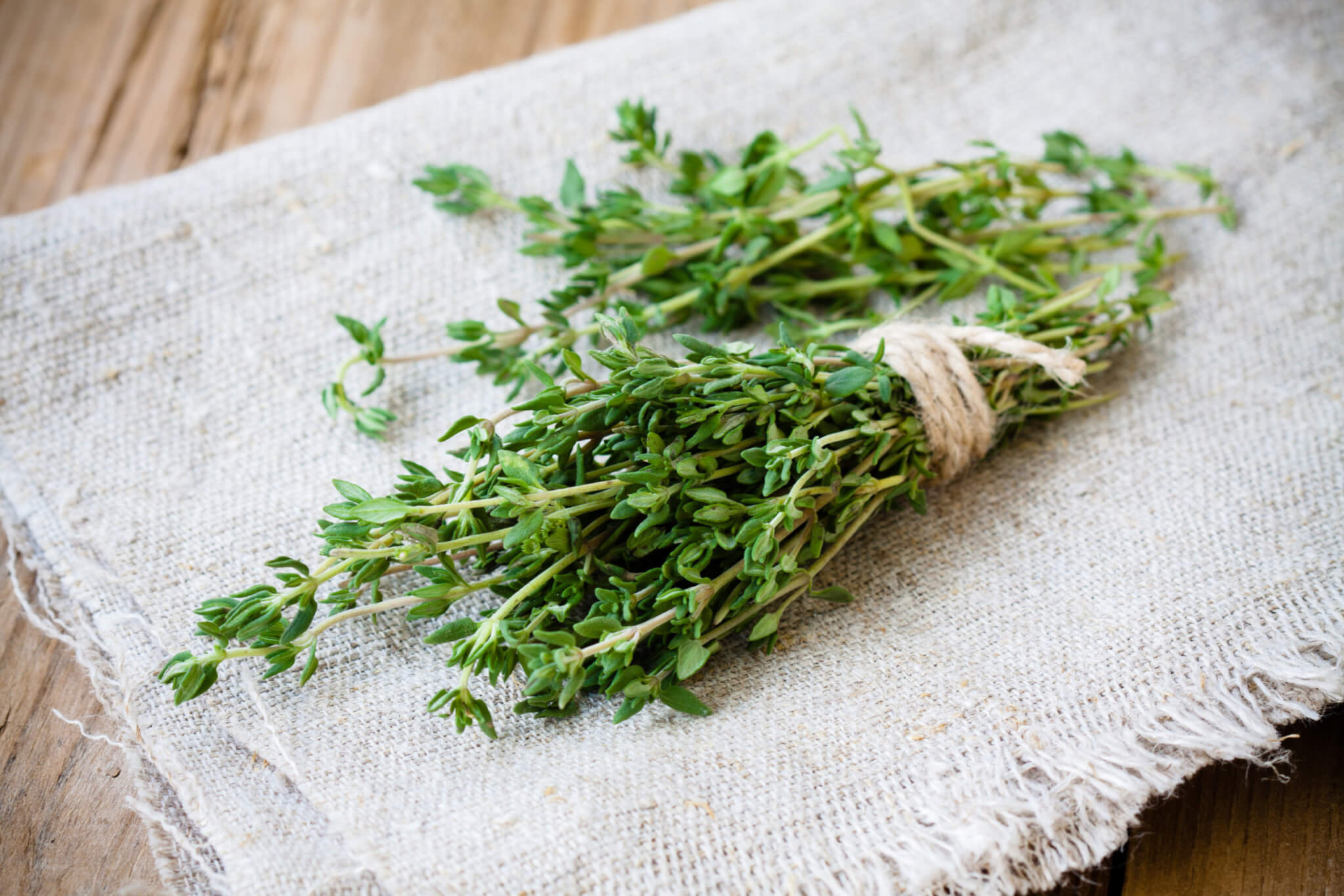
Thyme is a resilient plant. It is drought tolerant, doesn’t need fertilizer, and can even be stepped on and will still survive, says The Spruce. Perfect for beginners and those who don’t have a green thumb.
If you have a windowsill with direct sunlight, a thyme plant is the perfect addition. Real Simple insists it’s “truly difficult to mess up.” Only water when the top of the soil is dry to the touch, to avoid root rot.
You only need a four-to-six-inch pot to grow a nice thyme plant. Multiplying your herbs through cuttings is a breeze, says HGTV. This means you can not only enjoy your own beautiful greenery but also easily share it with loved ones, creating a wonderful gift from your thriving collection.
5. Oregano
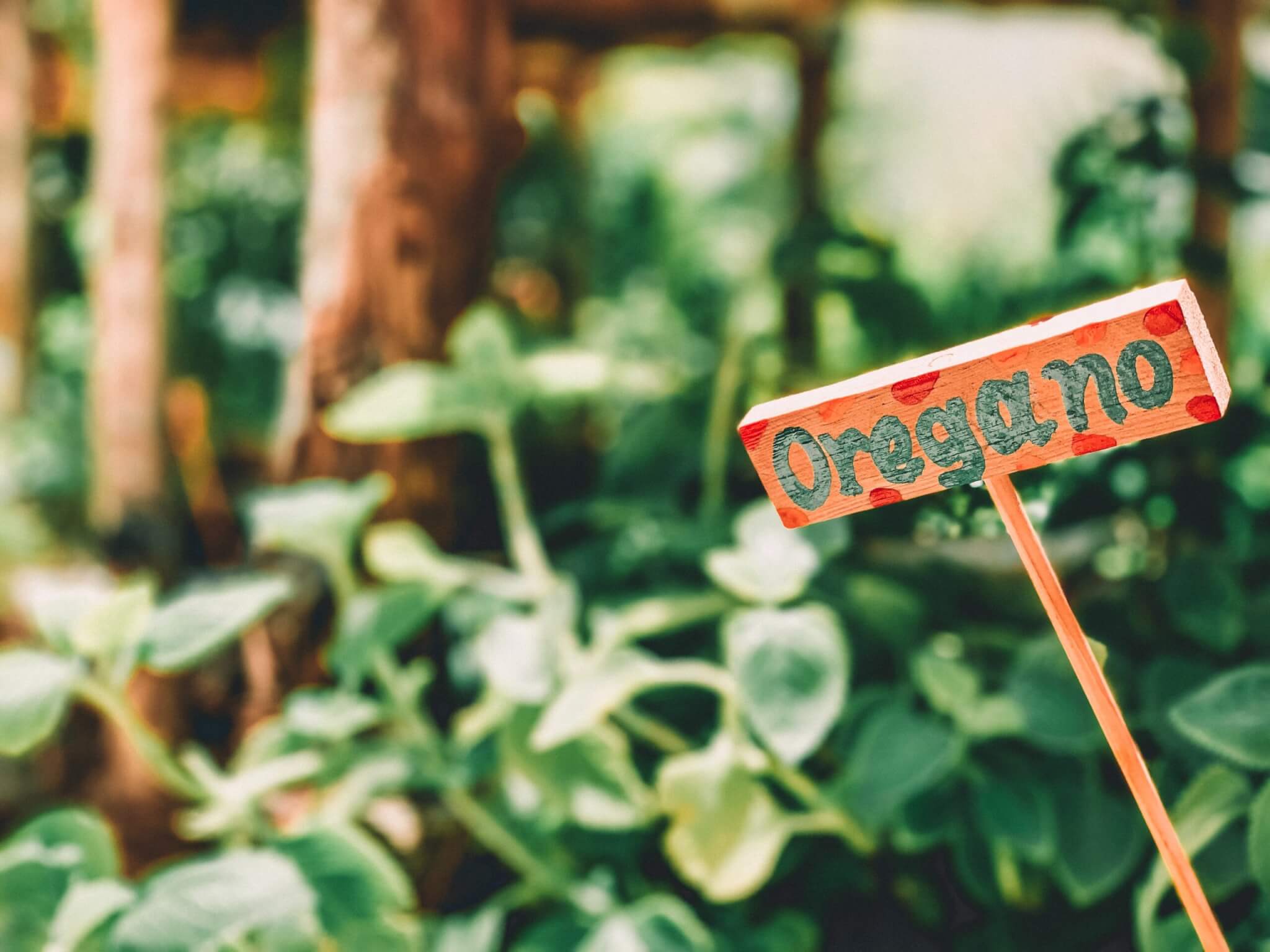
The good thing about oregano? It grows quickly. The Spruce says you can harvest the leaves soon after planting. The only caveat is the plants are susceptible to root rot, so make sure the soil is damp, not waterlogged.
Oregano not only tastes great, but the plant also has pretty pink flowers that make nice ground cover. Expert David Domoney recommends sowing the seeds in the spring or start them in pots indoors.
This plant does require a little more space than some of the others. If you have a sunny spot in your yard, you can directly sow the seeds eight to ten inches apart along the edges of your garden beds. This allows oregano to establish itself and flourish with plenty of sunlight, explains Fork Over Knives. If you prefer a more integrated look, consider sprinkling the seeds throughout your existing flowerbed. Finally, for those with limited outdoor space, Forks Over Knives suggests planting oregano seeds in a container. Just ensure the container is at least one foot wide and deep to provide enough room for the oregano plant to develop properly. This method allows you to enjoy fresh oregano even on a balcony or patio.
6. Mint

Mint tends to spread, so if you like a neat garden, it may not be the best option, but you will have plenty of it. The herb likes soil that is moist, but not soggy, states The Spruce. As it grows, pinch back the stems for a bushier plant.
If you want to contain your mint, growing it inside may be best. According to HGTV, it won’t spread in a container and all varieties grow nicely indoors.
Mint doesn’t need direct sunlight. Find a spot on the windowsill that receives some sunlight during the day, but offers indirect light, suggests Real Simple. This could be a few feet back from a south-facing window, or near an east or west-facing window where the sun’s rays are less direct. This approach provides your mint with the light it needs for healthy growth, without the risk of scorching from strong sunlight.
7. Lemon Balm
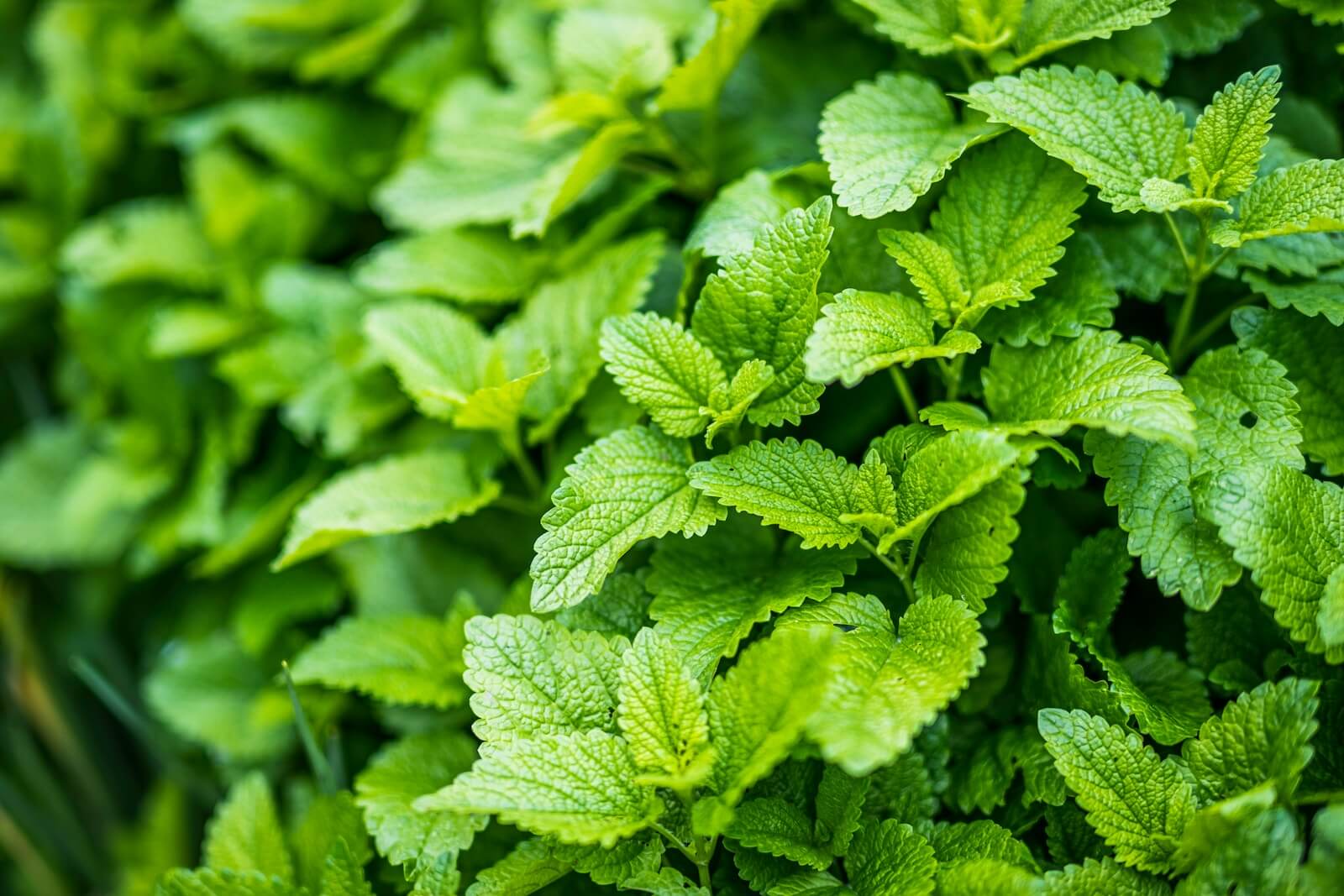
If you’re not familiar with lemon balm, it’s a member of the mint family and rounds out our list. It can be added to dressings and dips or fruit punch and cookies. For the best flavor, HGTV hints you should only keep the plant for one year. The website says you can plant it inside or outside and it will grow nicely.
You can’t go wrong with a lemon balm plant, which doesn’t care much about soil as long as it’s well-drained. When you prune it, The Spruce says you will see new growth.
This herb is not only tasty, but it also can reduce stress and anxiety, making it the perfect addition to iced tea. While it can stand up to neglect, Real Simple says it does need plenty of sunshine to thrive inside. Many soaps and essential oils contain lemon balm, so if you make these items yourself, having your own plant comes in handy!
You may also be interested in:
Sources:
- HGTV
- The Spruce
- Better Homes & Gardens
- Real Simple
- David Domoney
- Forks Over Knives
- Gardenary
- Windows New Orleans
- Herbs At Home
- Southern Living
Note: This article was not paid for nor sponsored. StudyFinds is not connected to nor partnered with any of the brands mentioned and receives no compensation for its recommendations. This article may contain affiliate links in which we receive a commission if you make a purchase.
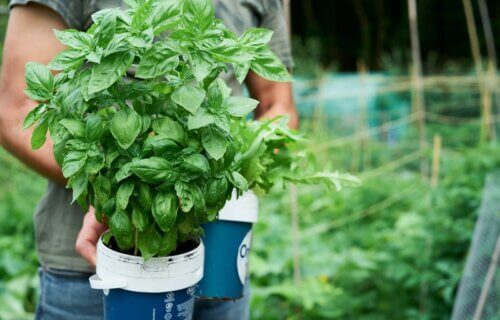
Thank you it’s a great article
I love growing herbs in my kitchen garden! One tip I’d like to share, which wasn’t mentioned in the article, is to companion plant your herbs strategically. For instance, planting basil near tomatoes can enhance the flavour of your tomatoes and repel some pests.
I’m curious to know if any of you have experimented with companion planting your herbs, and if so, what combinations have worked best for you? Thanks, Matt